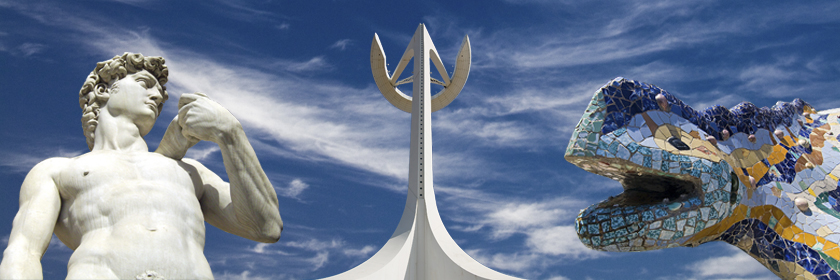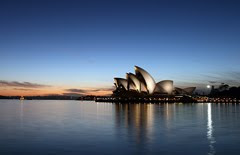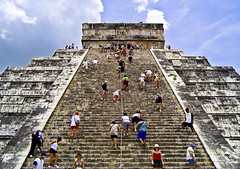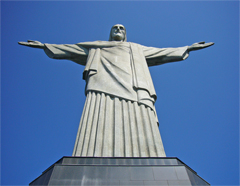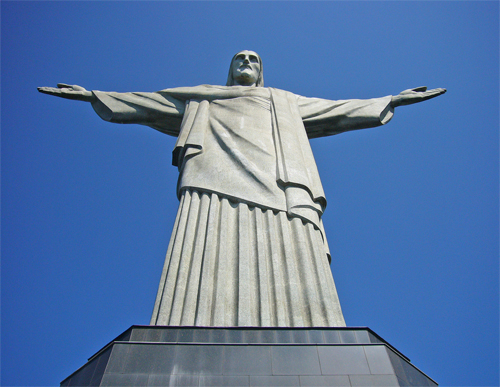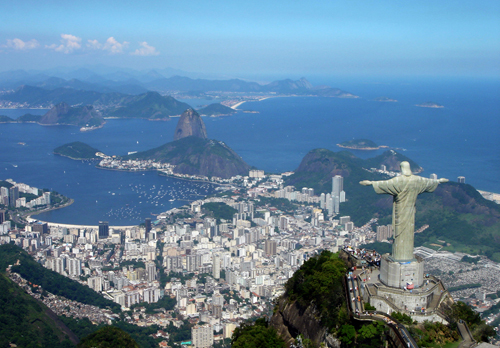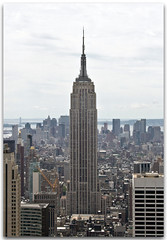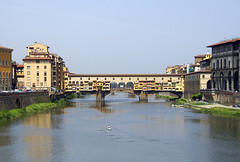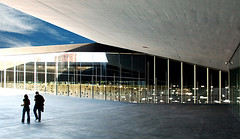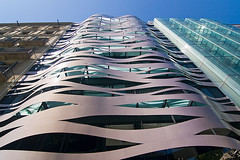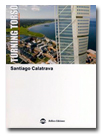Cocoon Tower
Tokyo, Japan
Tange Associates
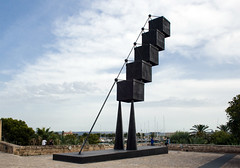
Bou
Museo Es Baluard
Mallorca, Islas Baleares, Spain
Santiago Calatrava

Valencia Opera House
City of Arts and Sciences
Valencia, Spain
Santiago Calatrava
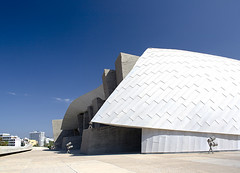
MAGMA Arte y Congresos
Adeje, Tenerife, Spain
AMP Arquitectos
Forum Barcelona Building
Barcelona, Spain
Herzog & de Meuron

Sundial Bridge
Redding, California, USA
Santiago Calatrava
Laban Centre
London, United Kingdom
Herzog & de Meuron
Jay Pritzker Pavilion
Millenium Park, Chicago, USA
Gehry Partners LLP
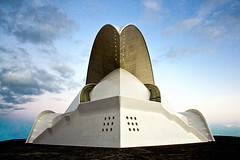
Auditorio de Tenerife
Santa Cruz de Tenerife, Islas Canarias, Spain
Santiago Calatrava
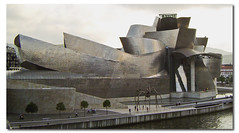
Guggenheim Museum Bilbao
Bilbao, Spain
Frank O. Gehry
Spinnaker Tower
Portsmouth, Hampshire, England
HGP Architects
Milwaukee Art Museum
Milwaukee, Wisconsin, USA
Santiago Calatrava

Oriental Pearl TV Tower
Shanghai, China
Shanghai Modern Architecture Design Co. Ltd.

CAC Valencia
Ciudad de las Artes y las Ciencias de Valencia, Spain
Santiago Calatrava
Sydney Opera House
Sydney, Australia
Jorn Utzon
Gateway Arch
St. Louis, Missouri, USA
Eero Saarinen
Christ the Redeemer
Rio de Janeiro, Brasil
Various Artists
Statue of Liberty
New York, USA
Frédérick-Auguste Bartholdi
Tower Bridge
London, United Kingdom
Horace Jones
Eiffel Tower
Paris, France
Gustave Eiffel
El David
Piazza della Signoria, Fiorenze, Italy
Michelangelo Buonarroti
Pisa Tower
Pisa, Toscana, Italy
Bonanno Pisano and others
Chichén Itzá Pyramid
Yucatán, Mexico
Mayan Dinasty
Coliseum
Rome, Italy
Flavian Dinasty
Acropolis of Athens
Athens, Greece
Ictino, Calícrates y Fidias
Gizeh Pyramids
El Cairo, Egypt
Hemiunu & others
HOME GEOGRAPHY ARCHITECTURE ENGINEERING SKYSCRAPERS
BRIDGES BUILDINGS TOWERS PUBLICATIONS ABOUT ME CONTACT
Copyright © José Miguel Hernández Hernández
Editor, Escritor y Fotógrafo de Arquitectura /
Publisher, Writer and Architectural Photographer
http://www.jmhdezhdez.com/ Leer más...
